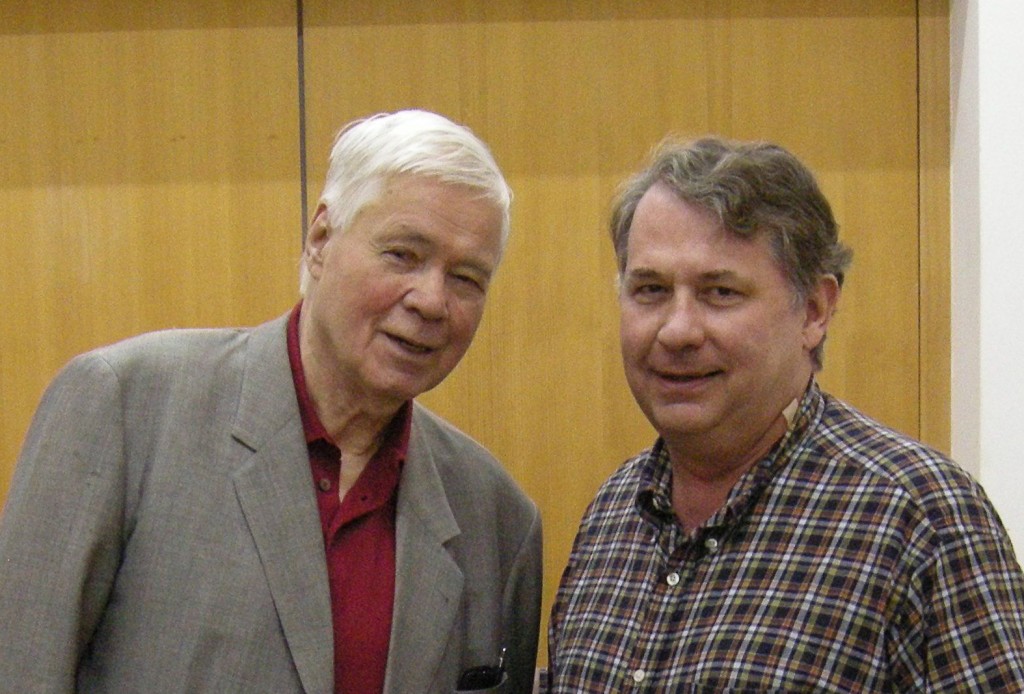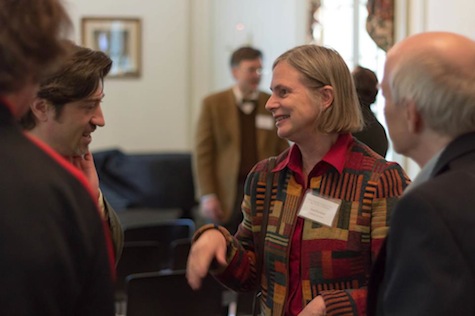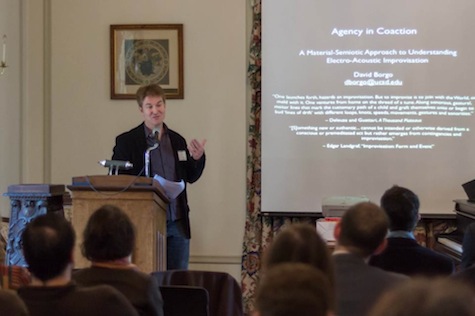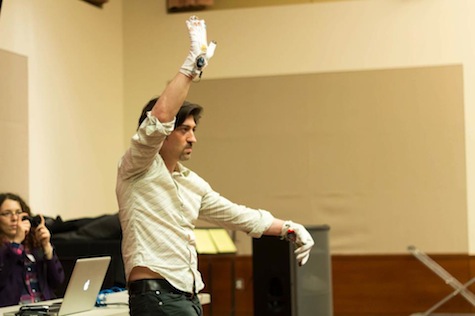On June 10th, the Museum of Fine Arts Houston will host two performances of Klytemnestra, a chamber opera starring and conceived by soprano Misha Penton and scored by celebrated Houston-area composer/conductor Dominick DiOrio. Klytemnestra premiered in April 2011, selling out Houston’s Divergence Vocal Theater and drawing high praise from CultureMap Houston’s Joel Luks. As Ms. Penton described to me, Klytemnestra’s return to the stage is, “sleeker, redesigned, [and] semi-staged”, using the paintings of the Museum of Fine Arts’ Gallery 214 as backdrops for the production.
The work’s creative team remains the same as in its first iteration, with pianist Kyle Evans and violist Meredith Harris bringing Mr. DiOrio’s score to life and Shelley Auer’s narration and Megan Booker’s choreography augmenting Ms. Penton’s unrelenting dramatic presence. Videos from the 2011 performance – the “Overture”, and the “Weaving Area” – demonstrate the ominous clarity of Mr. DiOrio’s score, along with Ms. Penton’s world-class abilities as both an actress and a vocalist. Above all, these tidbits of Klytemenestra impress upon the viewer the great depth of meaning inherit in the work’s message – an incredible achievement given the production’s limited resources. Ms. Penton further elucidated the work’s symbolism in an e-mail:
Each of the five scenes of the opera is an internal, psycho-emotional narrative of the conflicted, grieved and complex Greek heroine. Composer, Dominick DiOrio has set my words to music, and they wriggle from inky scribbles on a page into the soaring vocal embodiment of, arguably, the most influential and subversive Greek Heroine in all of the Greek plays: Klytemnestra. She stands against the polis, against the emerging male-ordered, linear, dualistic state; against the forming patriarchy that will define our culture (for women and men) for thousands of years after her time. She possesses the inherent potential of subversive expressivity in body, voice and word, and thus the power to entirely restructure the male paradigm of society. Her murder of Agamemnon is a symbolic rejection of Order and an embrace of Chaos – a metaphoric release from the confining limitation of societal acquiescence to power-over.

To me, the operative theme emerging from Ms. Penton’s summary is ‘subversion’ – in fact, the opera’s subtitle is: The Original Subversive Female. As evidenced by her 2011 interview with Sequenz21’s Chris Becker, Ms. Penton does not isolate fracturing political/social/economic paradigms to her operatic depictions of ancient Greek heroines. Rather, Klytemnestra is an example of Ms. Penton’s innovative approach to opera and being an opera singer.
As she told Chris, she sees projects like Klytemnestra as part of a larger trend in smaller opera companies to have singers involved in the creative process of a production, contemporary or otherwise. Beyond this, I imagine the subject matter of this most recent endeavor is an allegory for Ms. Penton’s admitted skepticism towards the conventional institutions of American music such as non-profits and traditional opera companies. Just as the Klytemnestra of legend assaulted the “Order” around her, so does the opera bearing her name challenge the way contemporary musicians and presenting organizations bring music to their audiences.
Those of you in the Houston area can see Klytemnestra this coming Sunday, June 10th, at 2 and 5 PM in Gallery 214 (Beck Building) of the Museum of Fine Arts Houston. Soprano Misha Penton stars in the title role, and will sing her own libretto set by composer Dominick DiOrio. Her on-stage collaborators will be dancer and choreographer Megan Booker, violist Meredith Harries, pianist Kyle Evans and narrator Shelley Auer. For more information, please visit the MFAH’s website.
Garrett Schumann is a composer and music journalist based in Ann Arbor, Michigan. To hear Garrett’s music and read more of his ‘Observations’ on contemporary music in America, visit his website: garrettschumann.com








